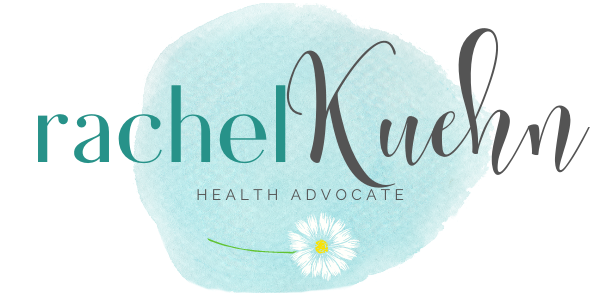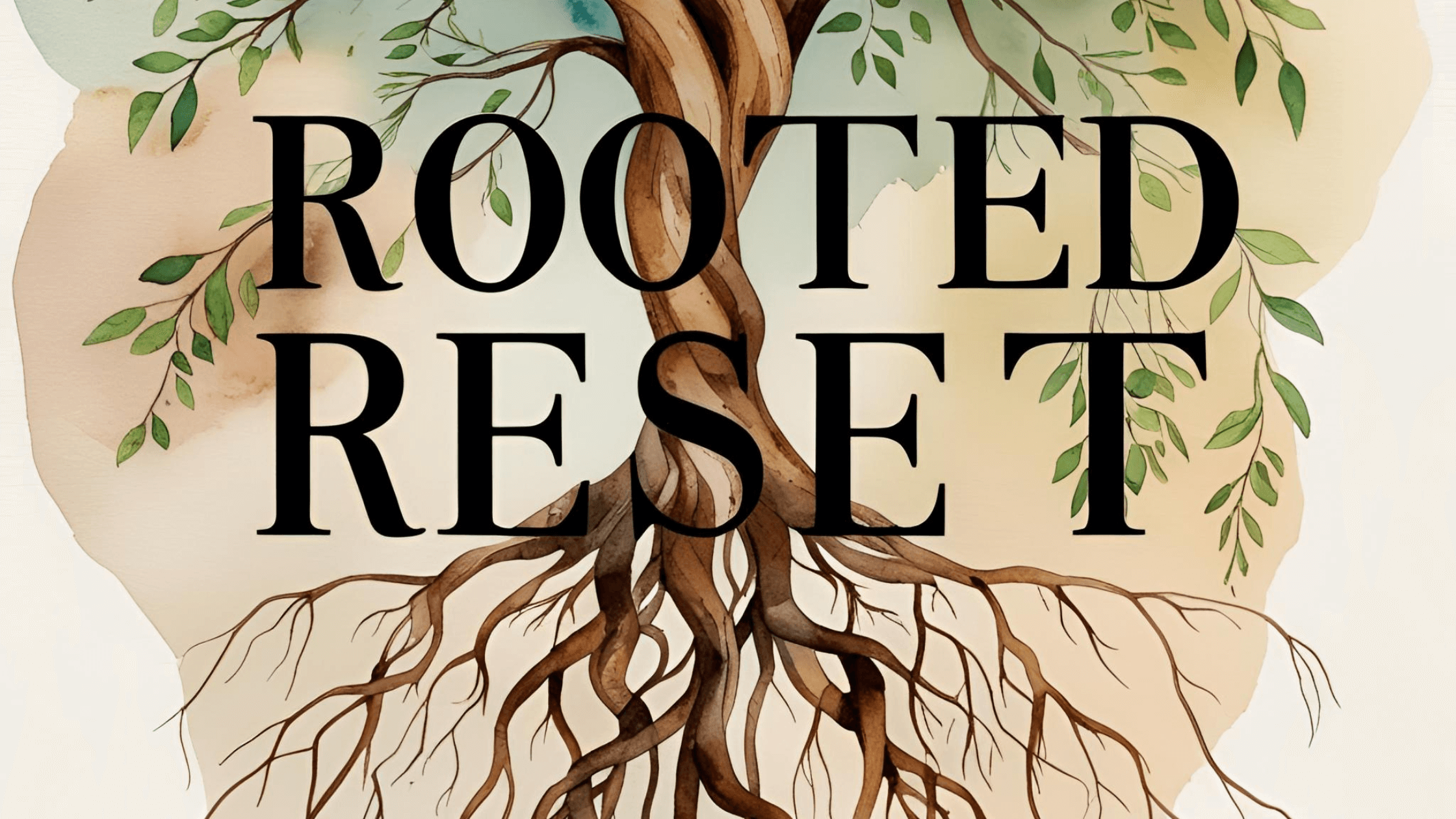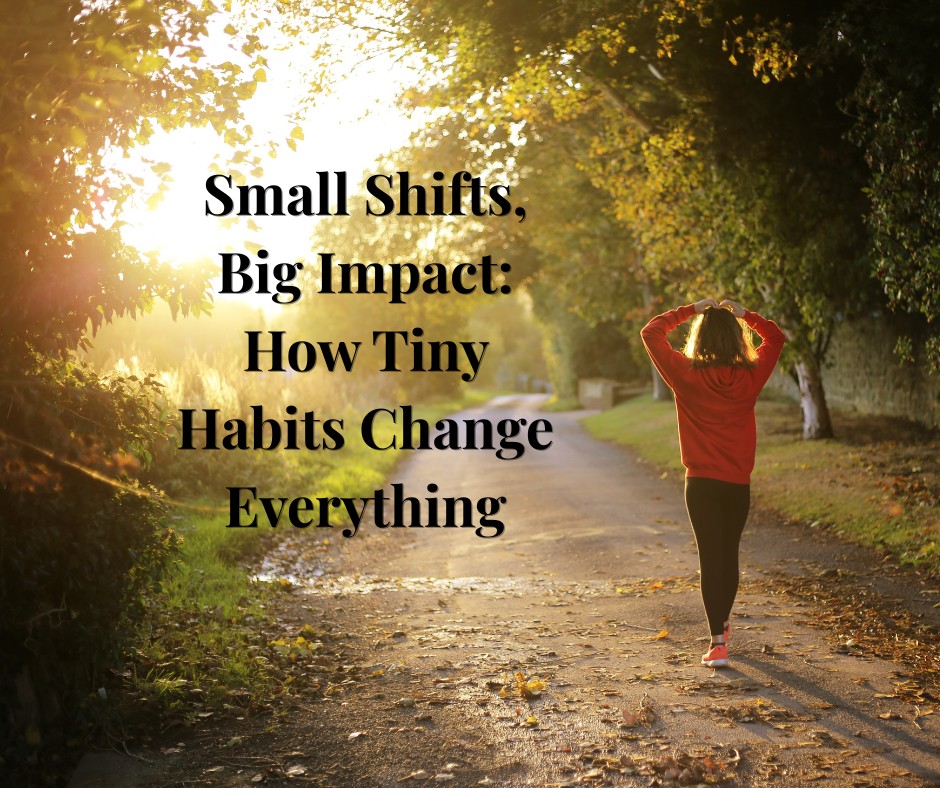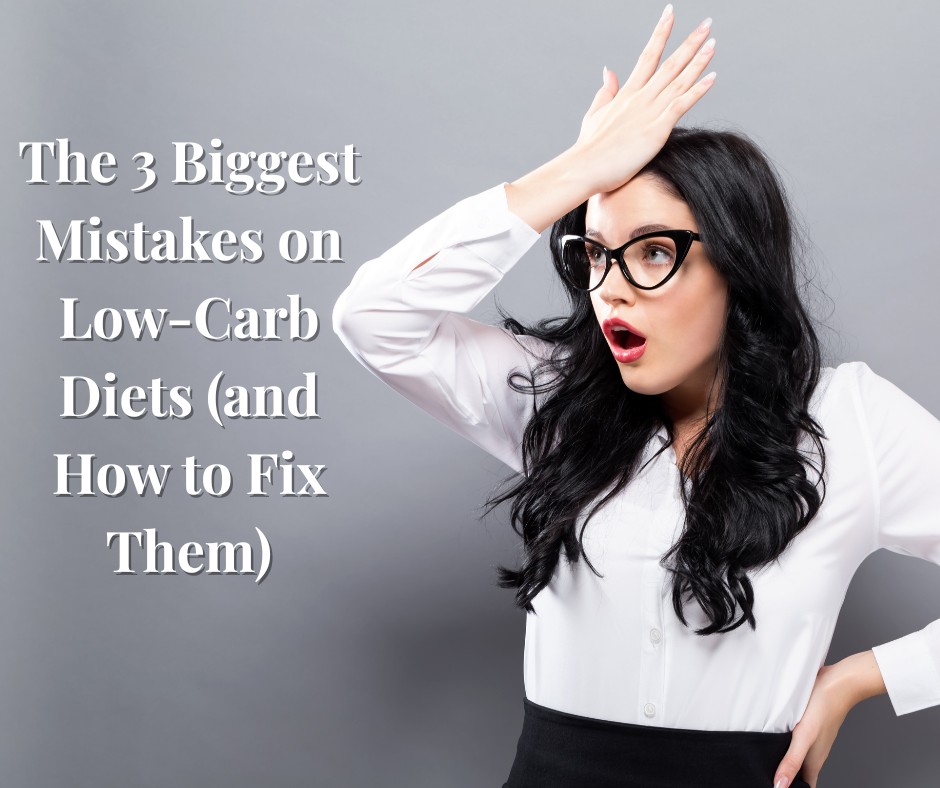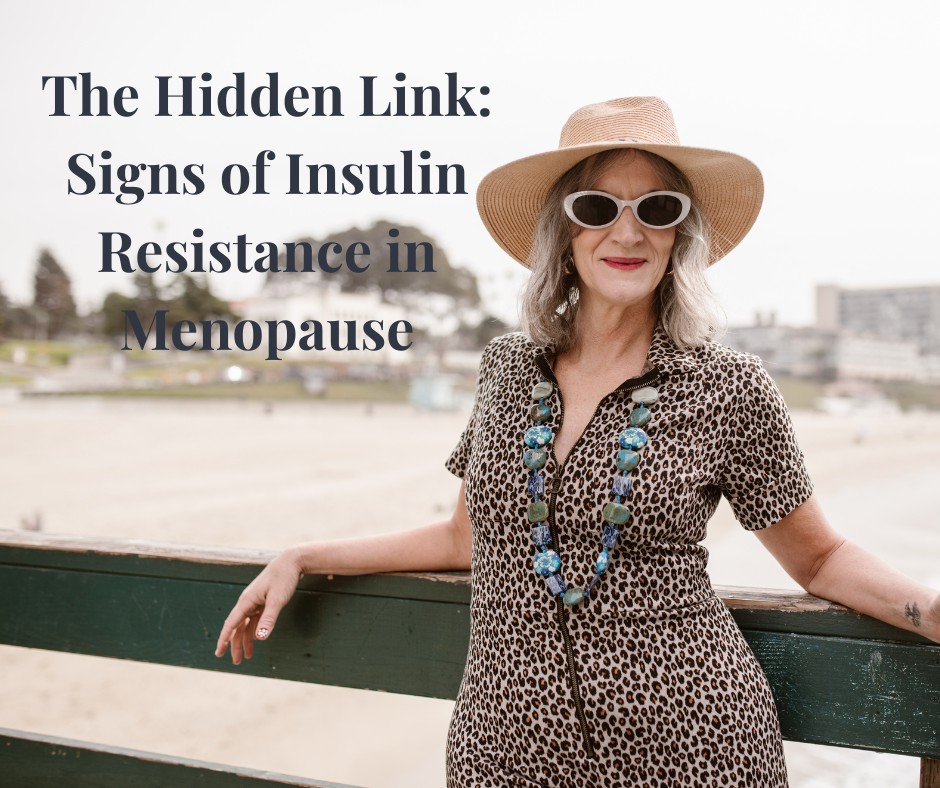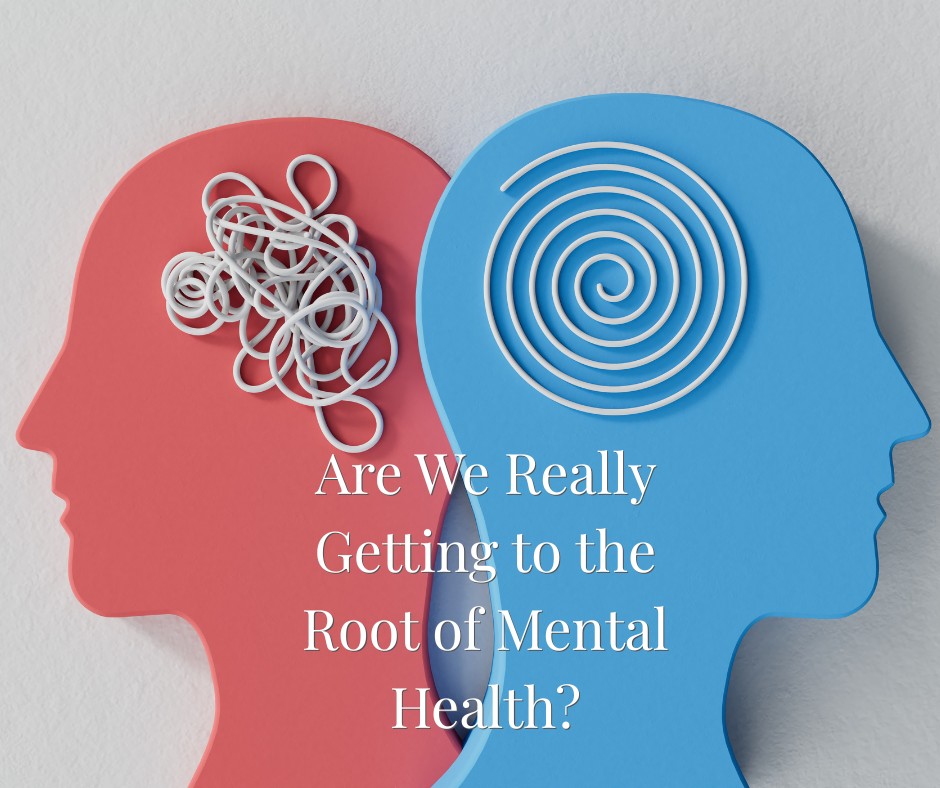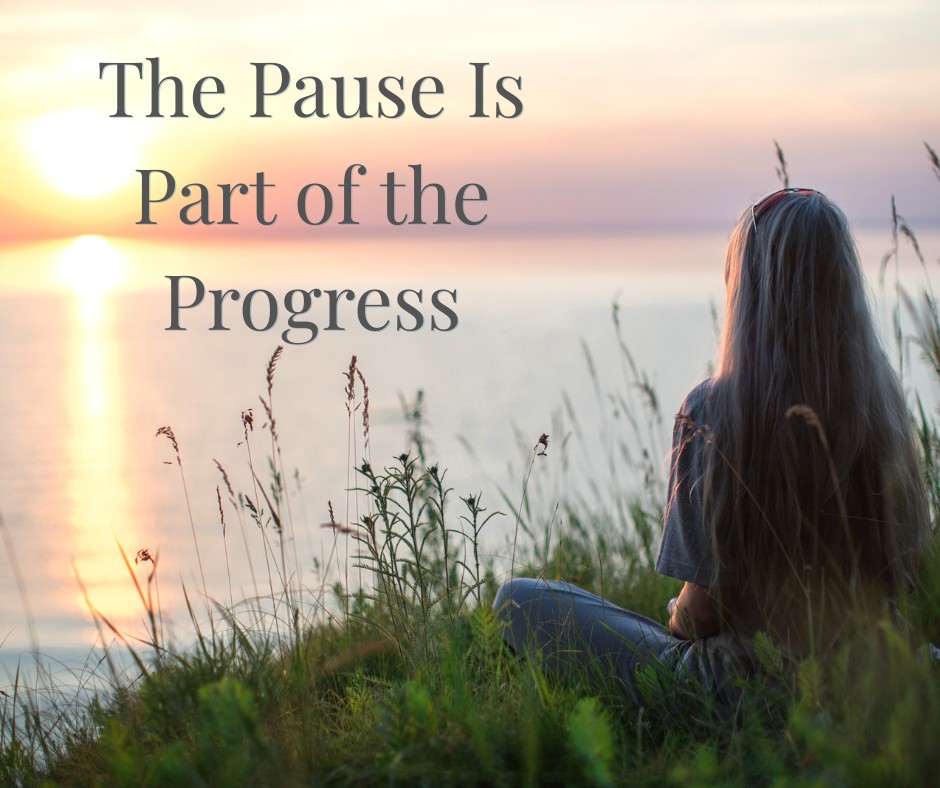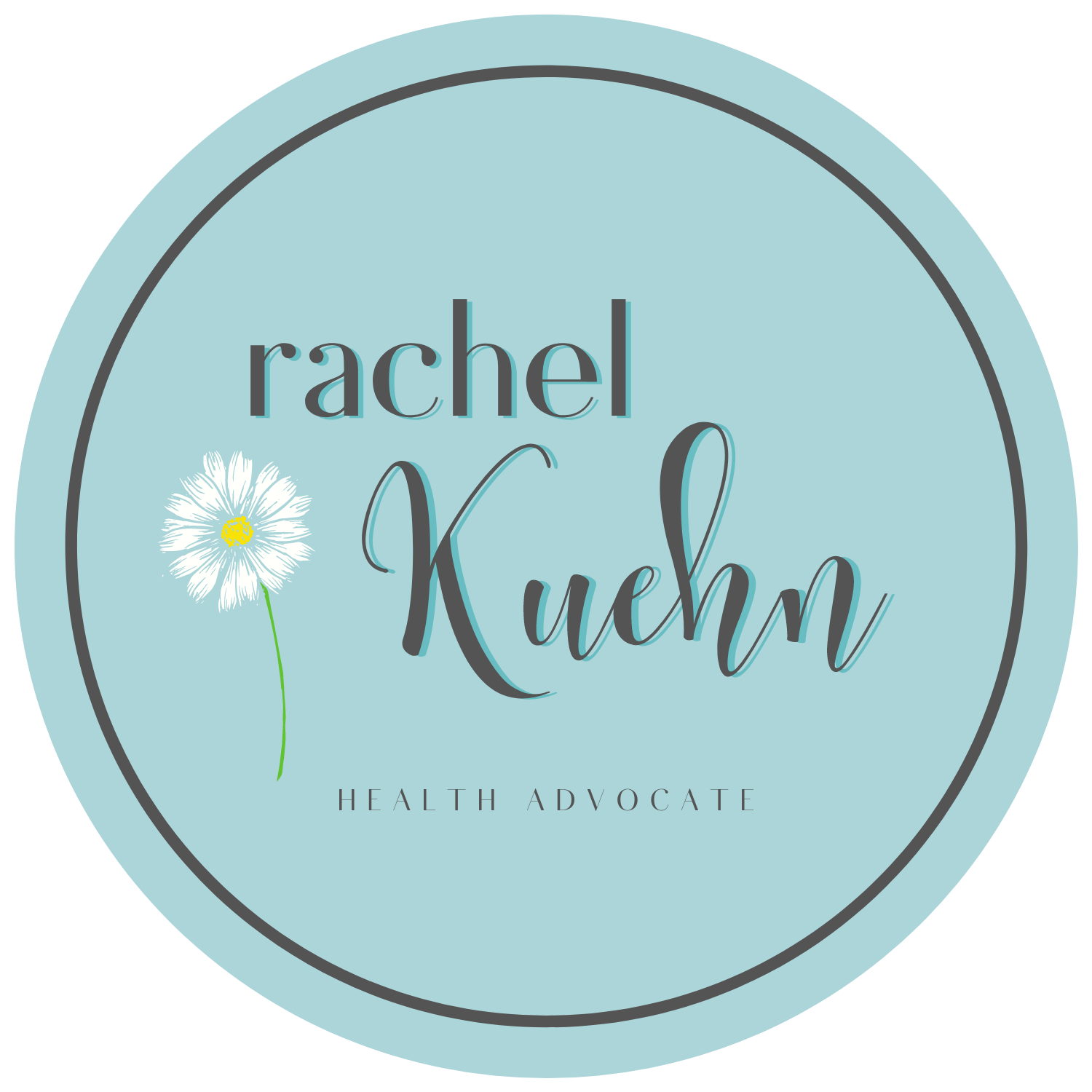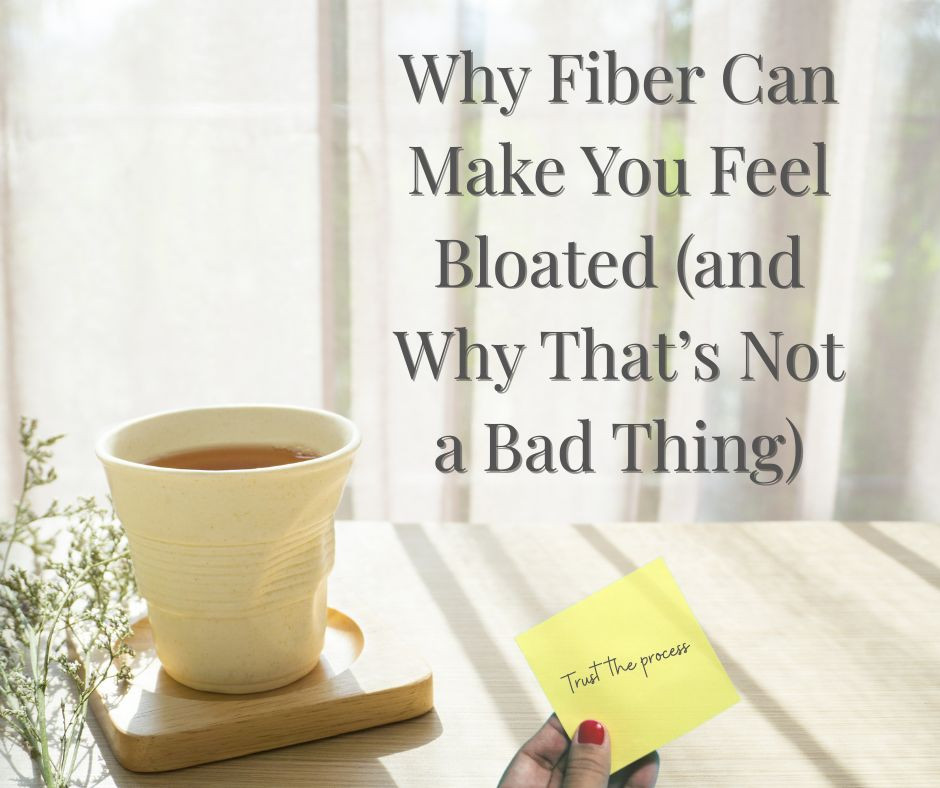
You’re doing everything right — so why does your stomach feel off?
If you’ve recently added more fiber to your diet — whether through Balance or food — and now you’re feeling bloated, gassy, or just not quite right… you’re not alone.
In fact, it’s one of the most common (and temporary!) side effects of increasing fiber. Let’s break down why it happens, how to ease it, and why your body is actually saying “thank you.”
🚨 First, let’s bust the myth:
Bloating from fiber doesn’t mean it’s not working.
It means your body is adjusting. And that’s a good thing.
It means your body is adjusting. And that’s a good thing.
💡 What is fiber, really?
Fiber is the indigestible part of plant foods that helps regulate blood sugar, support digestion, feed good gut bacteria, and keep us full longer.
There are two main types:
- Soluble fiber: dissolves in water and forms a gel-like substance (great for slowing sugar absorption and binding cholesterol)
- Insoluble fiber: adds bulk and helps move things along (hello, regularity)
🌬️ Why fiber makes some people feel bloated or gassy
When you first increase fiber, your digestive system goes through a mini “bootcamp.” Your gut bacteria are being fed more than usual — and they’re partying hard (aka fermenting, which releases gas).
This shift can lead to:
- Temporary bloating
- Increased gas
- Mild cramping
Especially if you’re also changing your eating patterns or reducing processed foods.
✅ 5 Simple Tips to Reduce Fiber Bloat
1. Start low and slow.
By going slow you allow your body time to adjust.
By going slow you allow your body time to adjust.
2. Drink more water.
Fiber needs water to move through your system smoothly. Dehydration = stagnation = bloat.
Fiber needs water to move through your system smoothly. Dehydration = stagnation = bloat.
3. Stay consistent.
The more regularly you take it, the faster your body adapts.
The more regularly you take it, the faster your body adapts.
4. Pair with movement.
Even a short walk after meals can ease digestion and reduce pressure.
Even a short walk after meals can ease digestion and reduce pressure.
5. Give it time.
Most people notice bloating fades after 7–10 days. Stick with it.
Most people notice bloating fades after 7–10 days. Stick with it.
🧠 Why this phase is actually a good sign
That gassy, bloated feeling? It means your gut is waking up.
You're:
- Feeding beneficial bacteria
- Clearing out old buildup
- Resetting your blood sugar response
- Laying the groundwork for improved digestion, immunity, and mood
It’s not just about gut health — it’s about metabolic health.
✨ The bottom line?
Temporary bloat is a small price for long-term benefits like…
- Fewer cravings
- Balanced blood sugar
- A flatter belly over time
- Improved energy and digestion
- Long-term disease prevention
Your body is adjusting to a new normal — one that supports your health from the inside out.
💬 Want help figuring out your rhythm?
If you’re exploring intermittent fasting, fiber support, or just trying to feel better in your body — you’re not alone. This journey takes time, and every body responds a little differently.
You’re not doing it wrong. You’re doing something new — and your body is learning how to adjust.
Curious about adding a diverse, plant-based fiber supplement to your routine?
We’re happy to help you figure out what works best for your rhythm.
In wellness,
Rachel & Ed
Love what you read here? Subscribe for updates — your reset starts here.
Follow me on social:
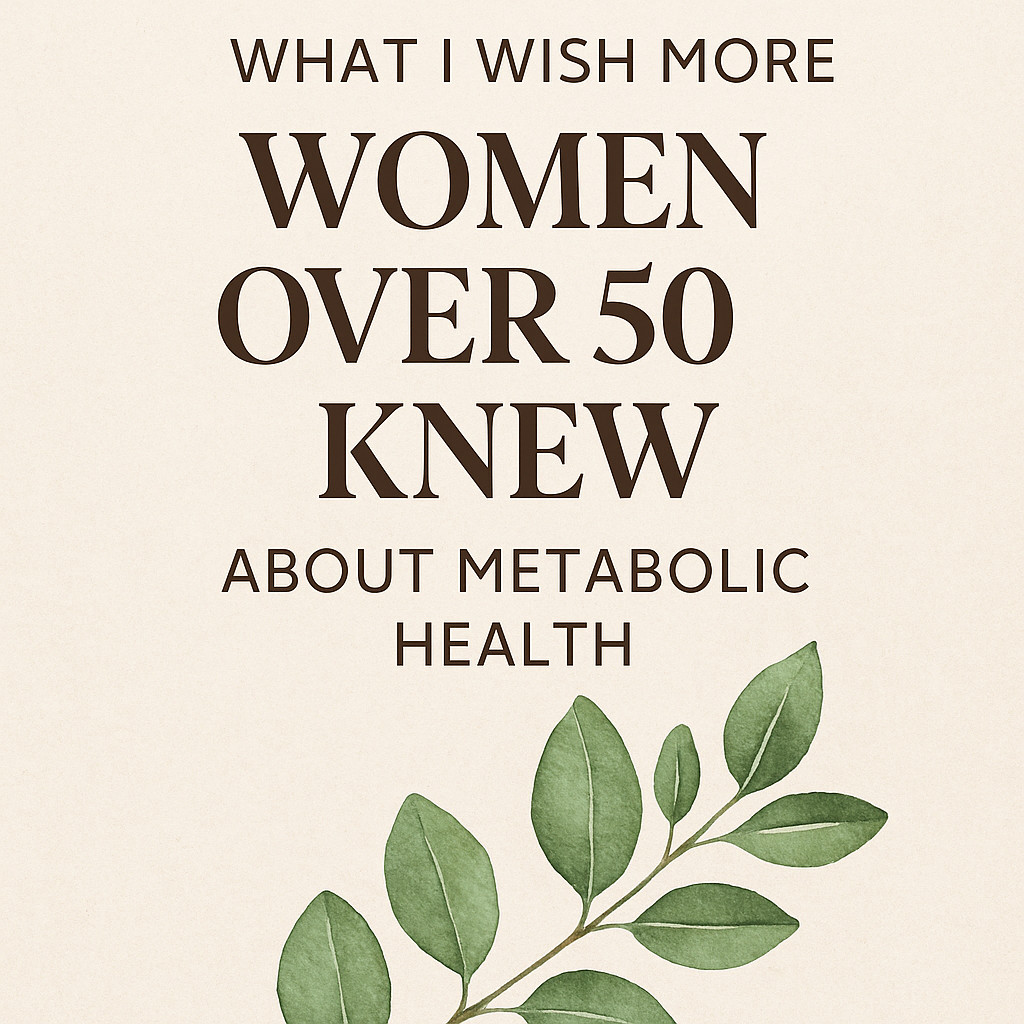
This isn’t about blame. It’s about power.
And the power to change your health? It’s still yours — even now.
Most women I talk to have tried it all:
- The calorie counting
- The low-fat diets
- The walking 10,000 steps a day
- The supplements, smoothies, and new year resets
And still… the scale barely moves.
The fatigue lingers.
And the labs? “You’re borderline.” “We’ll just watch it.”
Or worse — “This is just what happens with age.”
But here’s what I wish more women over 50 knew:
Your body isn’t broken. Your blood sugar isn’t the enemy.
The real problem is insulin resistance — and no one’s talking about it in a way that feels clear, hopeful, or doable.
🌿 What I Didn’t Know — Until It Was Personal
I spent over 7 years as a hospice nurse. I saw the end stages of illness — and the toll chronic disease takes when the root cause is ignored.
Most of those patients weren’t “just sick.” They were insulin resistant for decades. And no one told them they could change that.
Then, in 2024, my mom had 3 strokes.
We were offered pills — not solutions.
We were offered pills — not solutions.
But I couldn’t unsee what I knew.
So I had just dug into the research. I found a plant-based, clinically-backed protocol built on intermittent fasting and two natural supplements, just prior to her strokes. She wanted to get started as soon as she left the hospital.
📉 Her A1C dropped from 7.2 to 5.7 in under 3 months.
📊 Her lipid panel came back better than ever.
📊 Her lipid panel came back better than ever.
✨ And she started to feel… herself again.
That’s when I knew this message had to get louder.
💬 The Truth That Set Me Free
Here’s what I now believe with everything in me:
- Most women over 50 are undiagnosed insulin resistant
- Most doctors are focused on blood sugar, not insulin
- Most health advice ignores metabolic healing
- Most symptoms are reversible — with the right system
- And most importantly: you’re not too late.
✨ What I’d Tell Every Woman Over 50
If you’re tired of feeling foggy, inflamed, puffy, or powerless — here’s what I want you to know:
- Fasting isn’t extreme — it’s freedom
- Fiber isn’t optional — it’s foundational
- Blood sugar isn’t just a diabetes issue — it’s a hormone issue
- And insulin resistance isn’t your fault — but it is your signal to reset
You deserve better support. Better energy. Better answers.
That’s why I now teach what I practice: a natural, sustainable reset.
Because we don’t just need to “feel better” — we need to feel great.
📥 Want to learn more?
In wellness,
Rachel
Love what you read here? Subscribe for updates — your reset starts here.
Follow me on social:
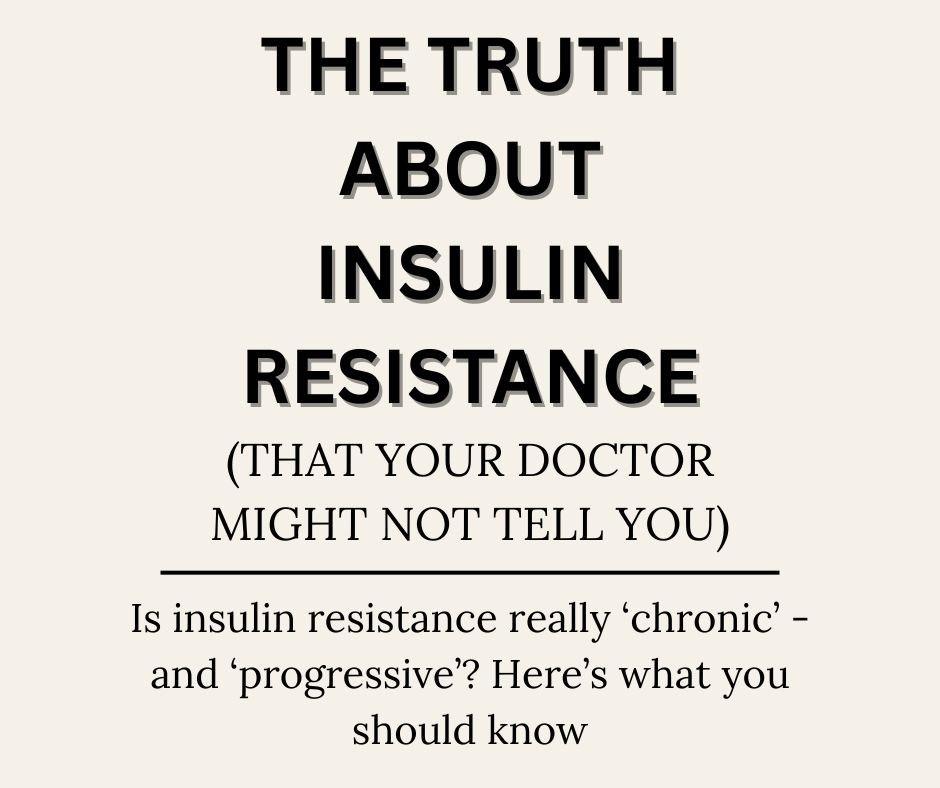
“It’s chronic.”
“It runs in your family.”
“Here’s a pill to manage it.”
That’s what many women hear when they ask about blood sugar, fatigue, or weight gain after 50.
But here’s what I want you to know:
There’s a difference between managing symptoms… and getting to the root.
And insulin resistance is one of the most misunderstood — and most under-addressed — root causes of chronic illness today.
🧬 What Is Insulin Resistance, Really?
Insulin is a hormone that helps your cells absorb glucose (sugar) from your bloodstream.
When your body becomes resistant to insulin, sugar can’t enter your cells easily — so it builds up in your blood.
Over time, this can lead to:
- Weight gain (especially around the belly)
- Fatigue and brain fog
- Cravings, irritability, or mood swings
- Hormonal shifts
- High cholesterol, triglycerides, or blood pressure
- Pre-diabetes and eventually, Type 2 diabetes
But here’s what I wish more women were told:
👉 Insulin resistance doesn’t mean you’re broken.
👉 It doesn’t mean you’ll need medication forever.
👉 And it’s not a life sentence.
👉 It doesn’t mean you’ll need medication forever.
👉 And it’s not a life sentence.
🩺 Why Doctors Often Miss It
Most doctors are trained to look at blood sugar (glucose), not insulin.
So if your blood sugar appears “normal,” they may say everything’s fine — even if your insulin is sky-high, silently creating inflammation and imbalance.
You may be told:
- “It’s just menopause.”
- “Try to lose some weight.”
- “This is normal at your age.”
But it’s not normal to feel exhausted, foggy, and stuck in your body.
The real issue? We’ve been taught to treat symptoms instead of asking why they’re happening in the first place.
🔍 What I’ve Learned — and Why I’m Speaking Up
As a nurse and holistic health educator, I’ve spent years watching people suffer from preventable illness — simply because they were never given the whole picture.
Then my own family needed answers.
In July 2024, my mom had three strokes.
She was told to manage it with medications — but we needed more than that. We needed a system to support her body, naturally.
That’s when I found a natural protocol backed by science and powered by nature — using intermittent fasting and plant based supplements.
Within 2½ months, her A1C dropped from 7.2 to 5.7.
Her lipid panel improved. Her energy came back.
And my belief in lifestyle healing was cemented for good.
🌿 What Can You Do?
If this resonates with you, know this:
There are real, sustainable ways to support your body and improve insulin sensitivity — naturally.
Here are 3 gentle shifts you can start today:
- Stop snacking constantly — give your insulin time to rest
- Add more diverse fiber — it feeds your gut and balances blood sugar
- Pause late-night eating — even a 12-hour fast overnight makes a difference
If you’re looking for a clear, simple path — reach out to me if you are interested in learning more about the natural supplement we are using.
💬 Final Thought
You deserve more than symptom management.
You deserve truth, tools, and a path forward.
If you’ve ever felt dismissed, confused, or overwhelmed — you’re not alone.
And you don’t have to figure it out by yourself.
I’m here to help you feel great again — naturally, sustainably, and with the support you’ve been waiting for.
In wellness,
Rachel
Love what you read here? Subscribe for updates — your reset starts here.
Follow me on social:
